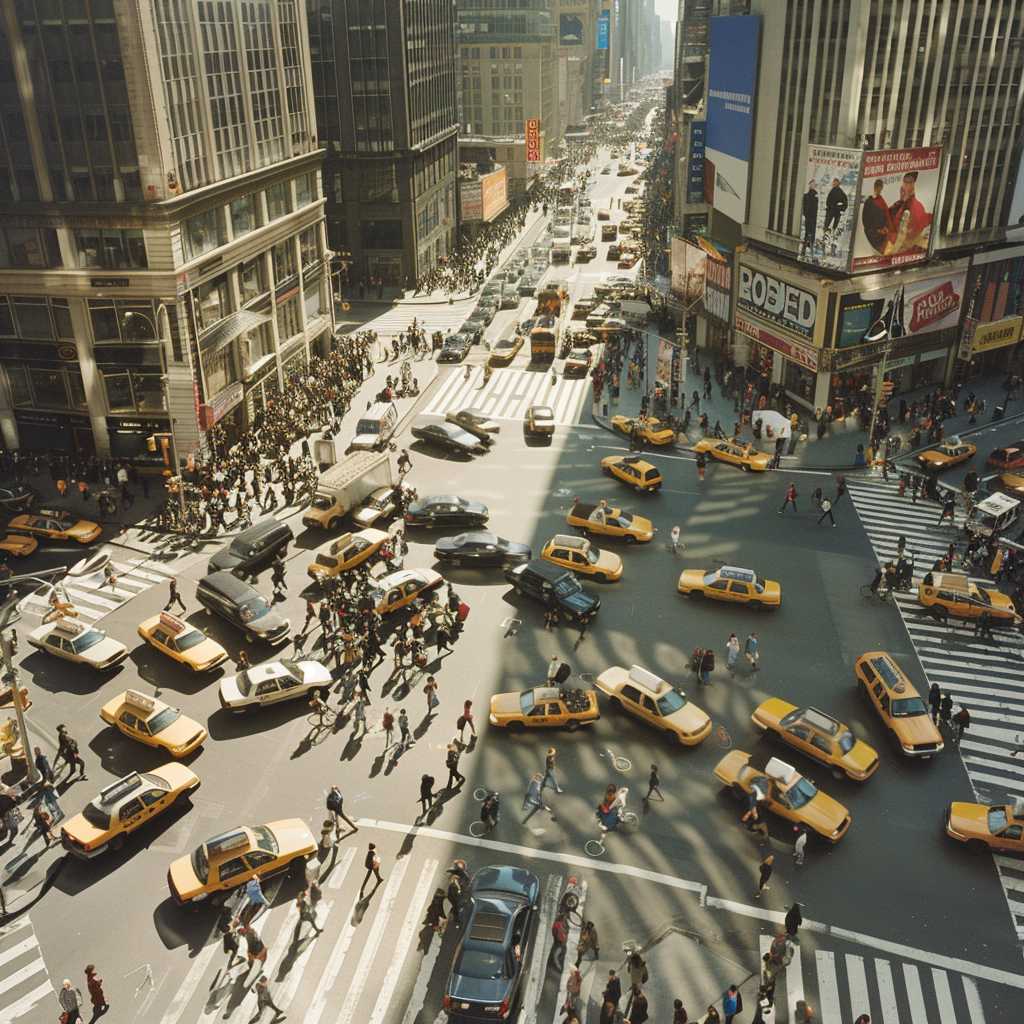# Understanding the Various Aspects of Commuting: Challenges, Impacts, and Potential Solutions
Commuting—the daily travel to and from a place of work or study—is a fixture of modern life. While it is a routine that millions around the world partake in, the intricacies of commuting touch upon several societal issues including urban planning, environmental impact, economic disparities, and personal well-being. This article delves into the broad spectrum of commuting, dissects its challenges and impacts on society, and explores potential solutions for improving this essential aspect of daily life.
The Evolution and Current State of Commuting
Commuting has transformed significantly with social and technological advancements. Originally, work was localized, minimizing travel distances. With industrialization and urbanization, as workplaces concentrated in city centers, residential areas spread outward, lengthening commutes. Now, growing metropolises and expansion into suburbs continue to shape commuting patterns.
Modern commuting involves various modes of transportation: personal vehicles, public transit, cycling, walking, and increasingly, remote work. Each mode presents different challenges and contributes differently to societal concerns such as congestion and environmental health.
Challenges Faced by Commuters
A major issue facing daily commuters is time. Long commutes eat into personal and family time, contributing to stress and decreasing overall quality of life. In large cities, commuters can expect to spend several hours daily just getting to and from work, which is often compounded by traffic congestion.
For public transit users, reliability can be an issue; unexpected delays or overcrowding dilute the advantages that should come with mass transit options. Furthermore, availability and accessibility of public transit are not uniform across regions or demographic groups.
Financial Cost is another challenge. Between fuel costs for car users and public transit fares—among other expenses—commuting can consume a significant portion of household budgets, disproportionately impacting lower-income individuals.
Moreover, the cumulative effect of long-distance commutes over months and years can take a toll on physical health due to sedentary behavior. Mental health is also at stake as the prolonged durations required for daily travel can contribute to increased levels of stress and decreased life satisfaction.
Industrial Perspectives on Commuting
From an employer’s standpoint, employee commutes can impact workforce productivity and punctuality. Some companies absorb part of the commuting strain by offering benefits such as flexible hours or telecommuting options but these are not universal practices across industries or geographies.
The economy at large also feels the repercussions of cumbersomely long commutes which reduce efficiency due to lost productive hours that are instead spent in transport. It can also limit worker mobility since lengthy commutes may deter job-seekers from pursuing certain opportunities.
Environmental Impacts of Commuting
The environmental repercussions of traditional commuting cannot be overlooked. Car-based commutes exacerbate air pollution and noise pollution while contributing to highway congestion. In cities with high volumes of traffic, these issues become especially pressing.
Public transportation offers a scaled-down environmental footprint but still requires energy consumption and infrastructure which may disrupt local ecosystems.
Urban Planning and Mobility Innovations
Urban planning can mitigate negative effects associated with commuting by encouraging mixed-use developments that integrate residential spaces with offices and leisure areas thereby reducing travel distances.
There’s also a role for technological advancements such as telecommuting that reduces demand for traditional commuting infrastructure; electrification which aims for cleaner means of transportation; smart city concepts that optimize traffic flow via sensors and real-time data analytics; and mobility as a service (MaaS) platforms allowing users seamless use of different modes of transit through one interface.
Potential Solutions for Improved Commuting
To address commuting challenges efficiently strategies must account for regional specifics behaviors prompting interventions from policy shifts to infrastructural investments or behavioral change initiatives:
Flexible hours or days spent working from home are options that offer immediate relief from congested roads during peak times. Furthermore such initiatives can contribute positively to employee well-being.
Investment in cleaner more reliable public transportation can make it a preferred choice alleviating road traffic while also tackling environmental concerns.
Developing cycling infrastructure can promote more active forms of commute providing health benefits as well as ensuring diversity in available transport modes.
Emphasis on local amenities within walking distance could lead more people to minimize reliance on any vehicular travel.
Incentives or policies encouragings sustainable transport choices like carpooling or use electric cars.
Finally effort towards balancing geographic distribution employment opportunities reducing necessity travel far jobs important towards catering long-term sustainability when comes commuting patterns
